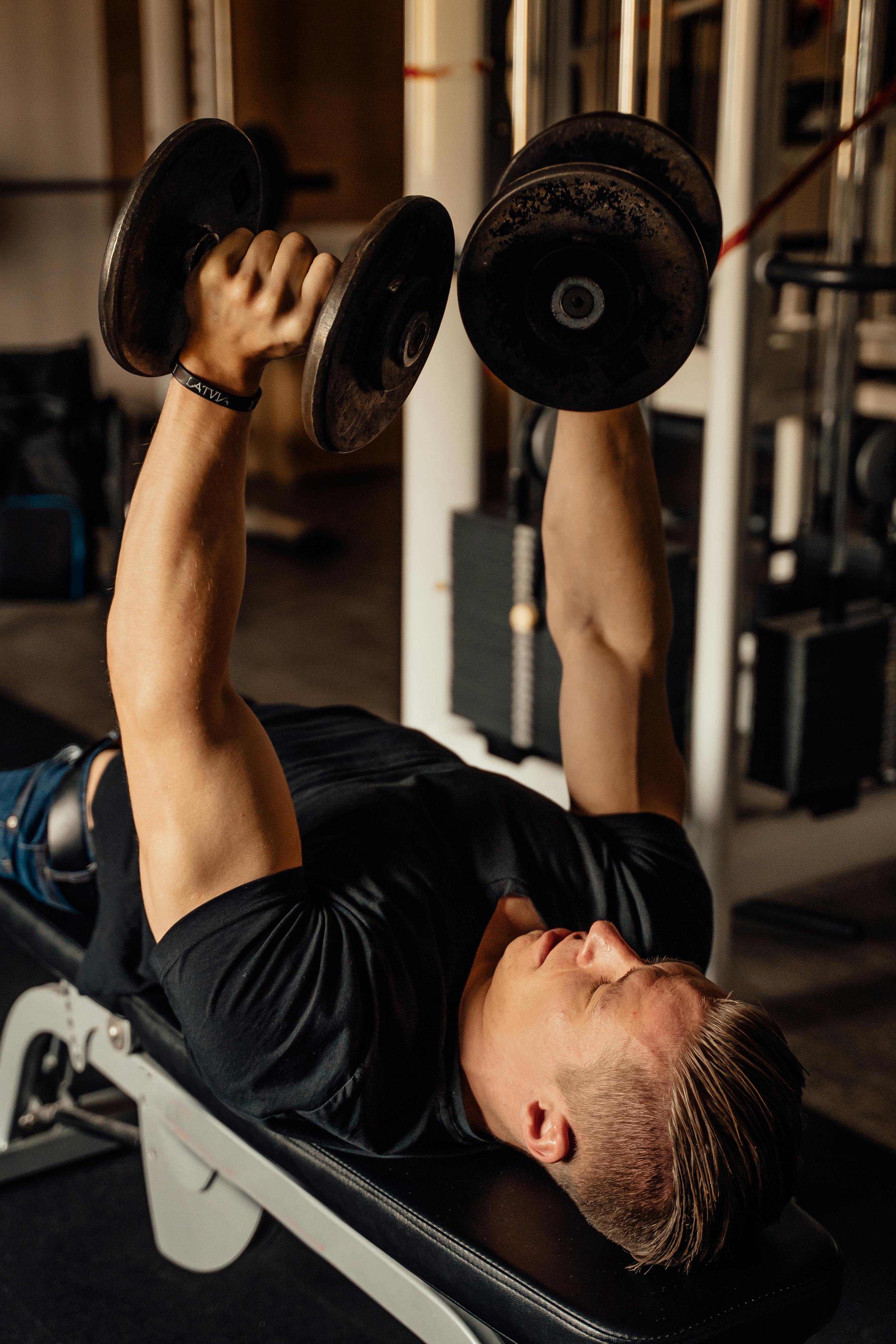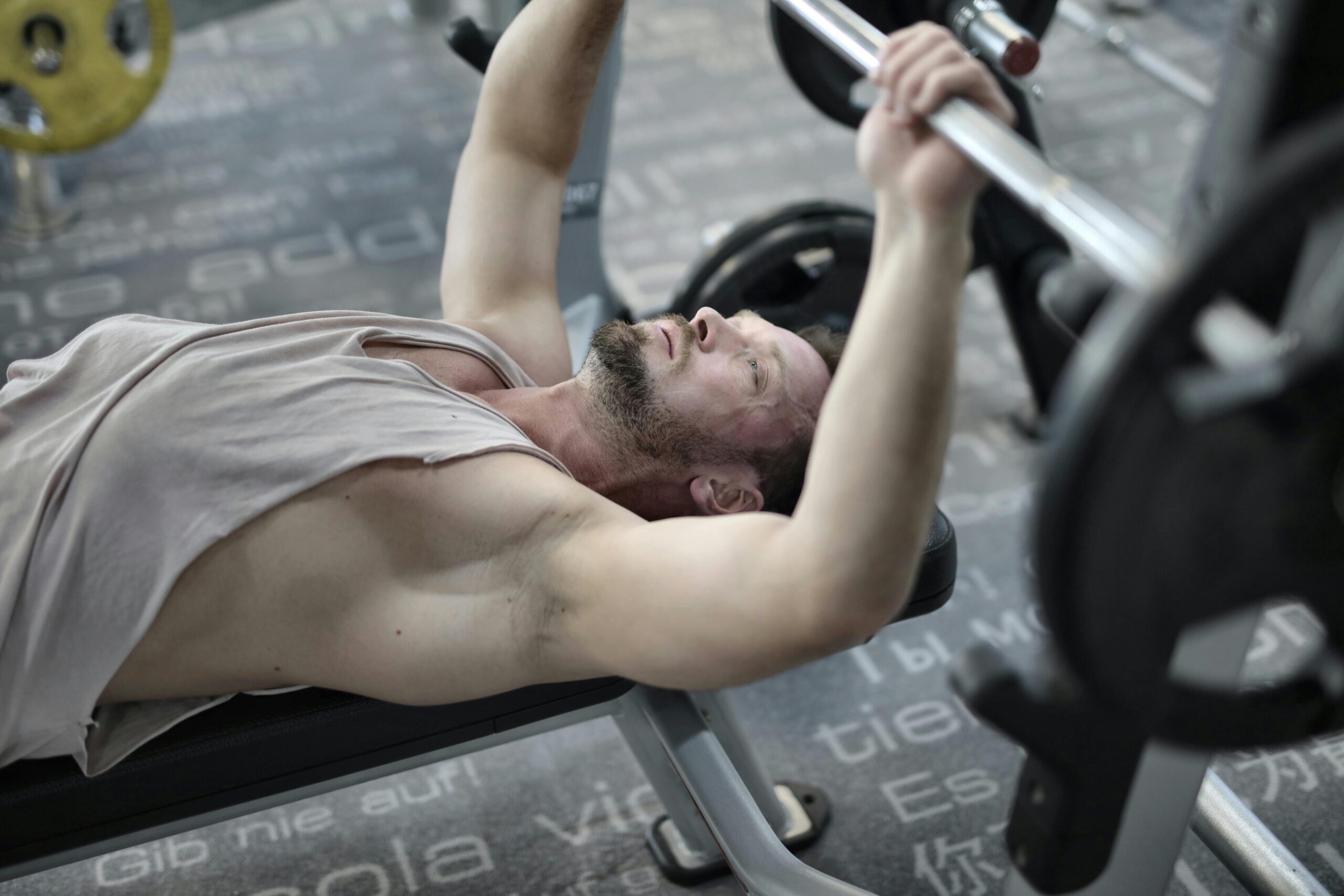Effective Ways to Use Dumbbells for Standing Chest Exercises in 2025
When it comes to maximizing chest workouts, incorporating dumbbells is one of the most efficient methods to build strength and muscle definition. Standing chest exercises not only engage the chest muscles but also activate stabilizer muscles, improving overall coordination and body mechanics. These exercises are a fantastic addition to any fitness routine, whether you’re focused on bodybuilding, weight loss, or achieving specific fitness goals.
In this article, we will explore the best techniques for using dumbbells for standing chest exercises, along with proper forms, common mistakes to avoid, and suggestions for creating an effective workout plan. With the right guidance, you can elevate your fitness journey and redefine your upper body strength.
Key takeaways include evidence-based tips on how to perform standing dumbbell exercises, the benefits of consistent training, and important insights into muscle recovery. Let’s dive into making your workouts more effective!
Essential Techniques for Standing Dumbbell Chest Exercises
Building on the basics of upper body strength, standing dumbbell exercises allow for versatility in training while also ensuring that your core and support muscles are engaged. Here, we will discuss various techniques and their benefits.
Step-by-Step Process for Standing Dumbbell Chest Press
The standing dumbbell chest press is a fundamental exercise that effectively targets the pectoral muscles. To perform the exercise:
- Stand with your feet shoulder-width apart and hold a dumbbell in each hand, positioned near your shoulders.
- With your palms facing forward, engage your core and slowly extend your arms upward until they are fully extended.
- Lower the weights back to the starting position, maintaining control throughout the movement.
Engaging your core supports your back and enhances stabilization. Aim for 3 sets of 8-12 repetitions. This exercise builds both strength and endurance, aiding in muscle growth.
Top 3 Variations of Standing Dumbbell Chest Exercises
Dumbbell chest workouts can be modified to keep your routine exciting and efficient. Consider these variations:
- Standing Dumbbell Fly: Similar in form to the press, but instead of pressing overhead, you open your arms wide and then return, engaging the inner chest and shoulders.
- Overhead Dumbbell Pull: Press one dumbbell overhead while maintaining a slight bend in the arm and pulling the weight back to the shoulder level, activating the back and chest.
- Single-arm Dumbbell Press: Alternate arms to emphasize strength balance and coordination.
These variations not only keep the workout engaging but also target different muscle fibers for superior muscle building.
Important Factors for Muscle Recovery and Performance
With these basics established, let’s transition to the importance of recovery strategies in combination with your training routine. Recovery is critical in muscle development and injury prevention.
Understanding Muscle Recovery Principles
Muscle recovery plays a vital role in your overall fitness journey. When you train, you create micro-tears in your muscles, which require time to heal and grow. Consider implementing these recovery practices:
- Hydration: Drinking enough water assists in muscle recovery and nutrient transport.
- Rest Days: Schedule regular rest days to prevent overtraining and allow muscles to rebuild.
- Stretching: Incorporate post-workout stretches to enhance flexibility and reduce soreness.
Listening to your body regarding fatigue and soreness can optimize your performance and prevent injuries.
Benefits of Active Recovery Techniques
Active recovery techniques such as light cardio or dynamic stretching can further enhance muscle recovery. Engaging in low-intensity activities keeps blood flowing to the muscles, which helps to eliminate lactic acid and reduce soreness.
Guide to Creating a Balanced Workout Plan
Now that we understand the individual exercises and recovery practices, constructing a balanced workout plan is essential. A well-rounded plan will incorporate all aspects of physical fitness including strength, endurance, flexibility, and balance.
Example Weekly Workout Schedule
For a comprehensive approach, your weekly workout schedule could look something like this:
- Monday: Upper Body (focus on chest and shoulders)
- Tuesday: Cardio and Core Work
- Wednesday: Lower Body Strength
- Thursday: Active Recovery
- Friday: Full-Body Workout (incorporating all muscle groups)
This balanced approach ensures you target all muscle groups while allowing adequate recovery to enhance overall performance.
Integrating Nutrition for Optimal Performance
Nutrition plays a central role in effectively meeting your fitness goals. Fueling your body with the right nutrients aids both performance and recovery. Focus on a diet rich in:
- Protein: Essential for muscle repair & growth.
- Carbohydrates: Your primary source of energy during workouts.
- Healthy Fats: Supports hormone production and overall health.
Maintain a balanced diet, and consider consulting with a nutritionist to tailor your dietary needs to your fitness goals.
Preventing Common Mistakes During Workouts
With effective training methods in mind, avoiding typical mistakes is crucial for achieving the best results from your standing dumbbell exercises.
Common Mistakes to Avoid
In your quest for a sculpted upper body, beware of these training pitfalls:
- Improper Form: Always prioritize correct technique over heavier weights; this prevents injuries.
- Neglecting Warm Up: Failing to warm up can lead to muscle strains; always incorporate dynamic stretching.
- Overtraining: Balancing workouts with sufficient rest is key to success.
Staying mindful of your training practices ensures workouts are not only effective but also safe.
Signs to Seek Professional Guidance
If you experience persistent pain or discomfort while training, it might be time to consult a trainer or physician. They can provide personalized advice tailored to your body’s unique needs and help you achieve your specific fitness objectives.
Q&A on Standing Chest Workouts with Dumbbells
To further assist you, we’ll answer some common questions related to standing dumbbell exercises:
1. How often should I perform standing chest exercises?
Incorporating standing chest exercises 2–3 times a week allows sufficient recovery time while promoting muscle growth.
2. What weight should I start with for dumbbell exercises?
Begin with lighter weights that allow for 12-15 repetitions with proper form. Gradually increase as your strength improves.
3. Can beginners perform standing chest exercises?
Absolutely! Beginners can start with basic forms and gradually integrate more complex techniques as confidence develops.
4. What are the advantages of using dumbbells for chest exercises compared to machines?
Dumbbells offer a greater range of motion, engage stabilizer muscles, and allow for unilateral training to address imbalances.
5. Should I consider professional training?
If you’re unsure of your technique or how to create a balanced plan, investing in a session with a personal trainer can be beneficial.
Conclusion: Your Journey to Stronger Chest Muscles
Utilizing dumbbells for standing chest exercises in 2025 presents an excellent opportunity to enhance your upper-body strength effectively and safely. Through establishing a consistent routine and focusing on proper techniques, nutritional guidance, and allowing for adequate recovery, you will set yourself on a path toward fitness success.
As our fitness journeys continue to progress, remember to embrace both the challenges and achievements. Every workout is a step towards your goals, and integrating these practices will help ensure success along the way.


